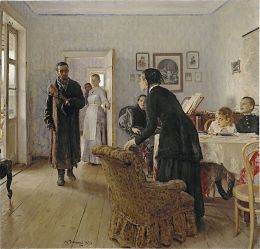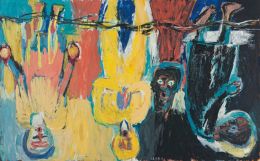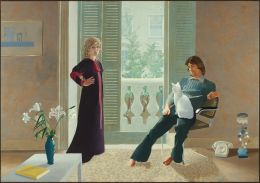Known for his use of both photorealism and abstraction in painting, often simultaneously, Gerhard Richter is one of the most important artists working today. Born on 9 February 1932 in Dresden, he began his career as an advertisement and stage painter before attending art school first in Dresden, then in Dusseldorf. The significance of Richter’s career and body of work is evident in his many solo exhibitions at museums worldwide, including at the Museum of Modern Art, New York; National Portrait Gallery, London; and National Art Museum of China, Beijing. Further, his work was featured in numerous iterations of the German art exposition Documenta.
Much of Richter’s work can be identified by its layering of photographic imagery and abstraction; photorealistic representations in his paintings are interrupted by purposeful blurring or lack of focus. In this way he is able to play the two artistic genres off of each other, creating a singular style that has contributed to the advancement of abstraction in painting overall.
His works are in collections around the world including the Kunstmuseum Winterthur, Museum Frieder Burda, Baden, Dia: Beacon and Albertinum, Dresden. Richter’s prolificacy has been counterbalanced both by his overall popularity and the estimate that over a third of his oeuvre is currently in museum collections, leading to a remarkably strong market for his works. According to Sotheby’s Mei Moses, the average compound annual return for Gerhard Richter is 15.7%, with 94.4% of works increasing in value. - sothebys























































